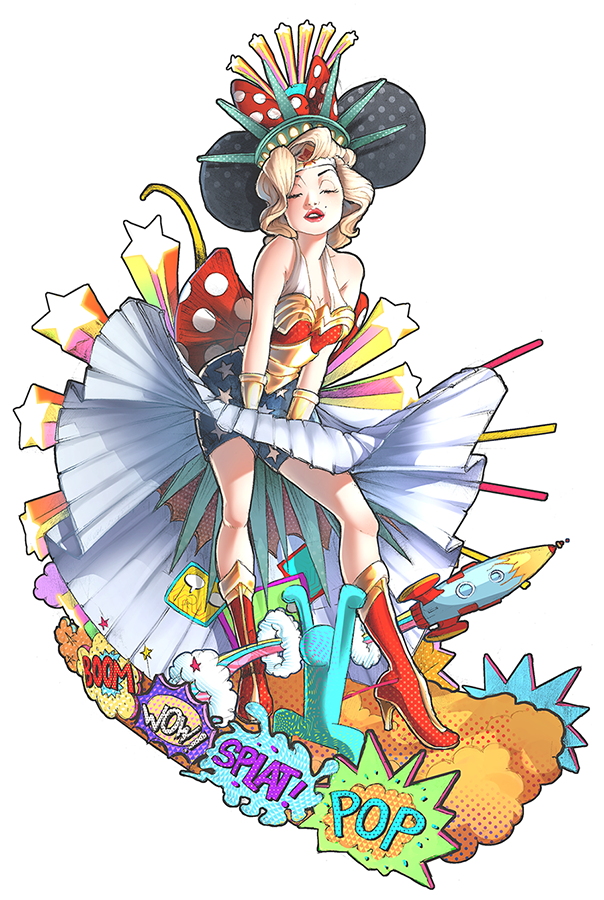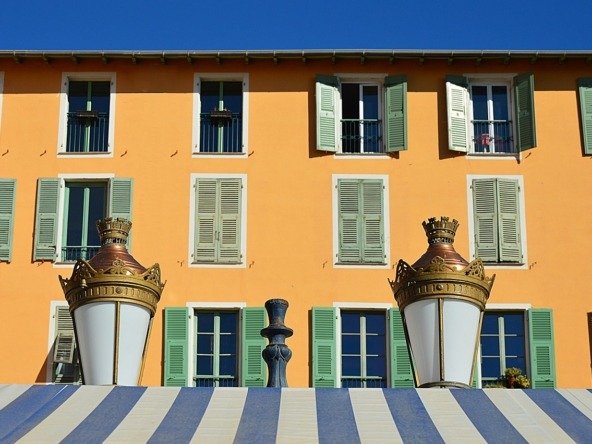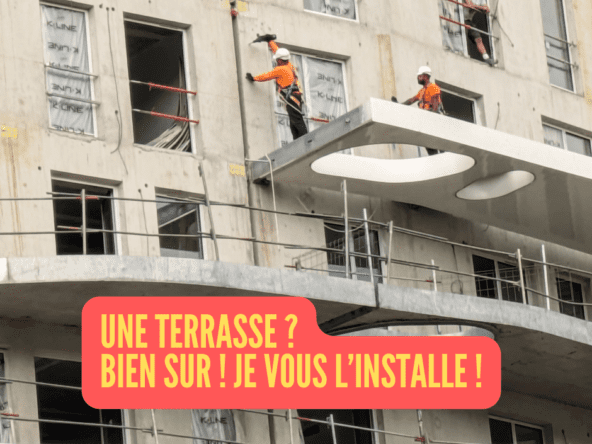From February 17 to March 3, 2024, the @VilledeNice Carnival will take place on the theme of Pop Culture! 🎭✨🎶
An unmissable event for all lovers of festivities and carnival atmosphere. 😍🤗
This event promises to be once again one of the most vibrant of the year. Our team is looking forward to it, and you? 🥳🎉
Note: The Nice Carnival, the first international Carnival of France, is the most important event on the Côte d’Azur in winter. Two weeks of festivities enliven the city of Nice – “Carnival Corsi” day and night, and elegant “Flower Battles” are on the program of this unmissable event. Numerous floats decorated and animated under the theme of the season parade to the rhythm of street art troupes and musical groups from various backgrounds (from all over the world), all in a colorful, festive and family atmosphere.
To access the full program, click here https://www.nicecarnaval.com/edition-2024/programme-officiel/
But how does the creation of a Carnival Float work? Summary here from the official website of the city of Nice and its carnival :

Sculpture
Chariot or big heads come to life when the sculptor models the faces with clay. Then, he makes the plaster mould that the carnival goer covers with several layers of paper cut into small pieces and glued with a mixture of flour and hot water, to give the final model, in pasteboard, which will now have to be painted and dressed. The head of the King and his subjects were also made of polystyrene and moss by the sculptors. The large heads, once made of cardboard and made from clay moulds, are now made of polyester resin, but the carnival goers remain faithful to the “traditional” customs.
Metallic Armor
The craftsmen use smooth iron which constitutes the metal frame, the “skeleton” of the chariot. This is worked with a tool commonly referred to as a “claw” by ironworkers, known as “locksmiths”. The iron is worked with the “claw”, following the worked shapes, drawn with chalk on the ground.

Bright and whimsical colors
A step called “pastissage” or “upholstery”, the polystyrene sculptures are covered by the craftsman with layers of paper and glued kraft paper. Then an undercoat of white paint is applied, with a roller, a small roller, a brush or an airbrush.
Dressing
The uncarved parts, made of metal rim, are covered with the disguise of the chariot. The costumes of the characters in the float are created by a costume designer, assisted by one or more seamstresses. The costumes are made of fabric, attached to the float with a Velcro strap. It took 80 metres of fabric to make the King’s costume in 1965, and today it takes 200!
Assembly
The sculptures are made up of several pieces assembled on the platform of the tank using a winch and fastening system. For the tallest chariots such as the king’s, a crane is used to position the king’s head, assembled outdoors.
Some of the tanks you’ll see in preview!





